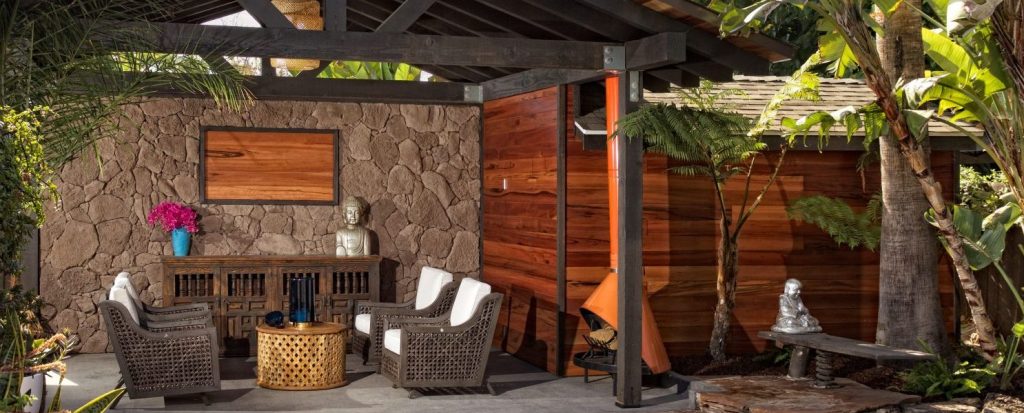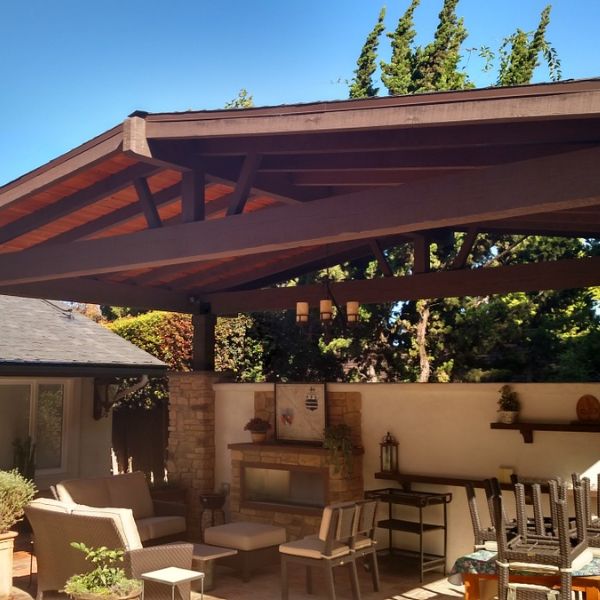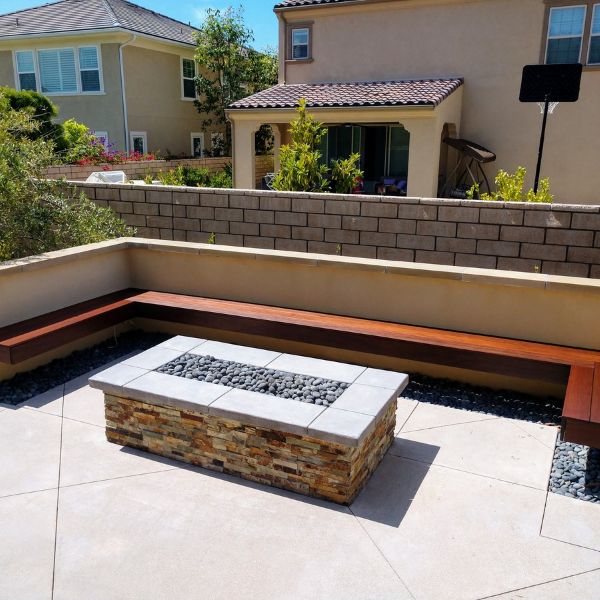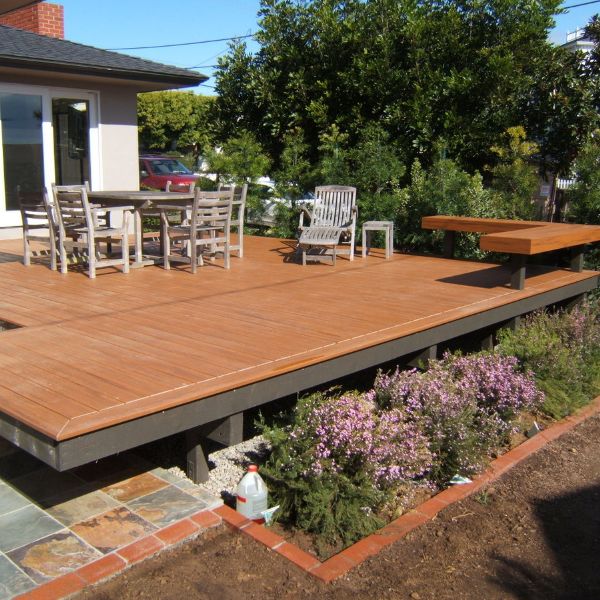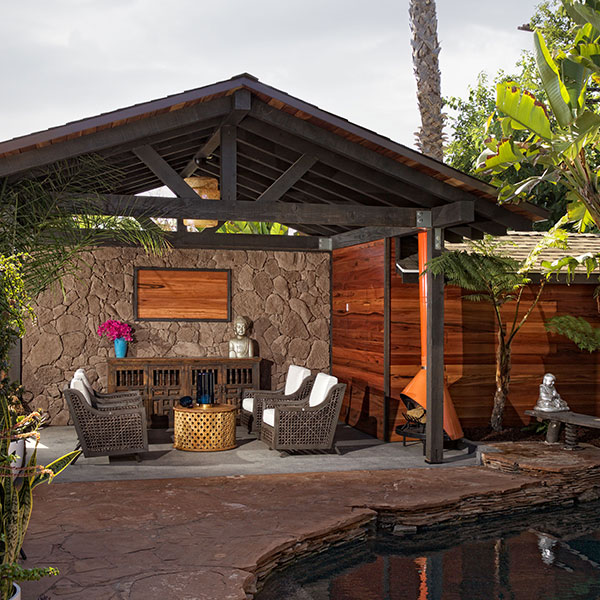Creating Harmony Through Natural Elements in San Diego
Imagine stepping into your backyard and being greeted by a serene oasis — a place where you can escape the hustle and bustle of everyday life and find peace within yourself. This is the essence of a Zen garden. With its minimalist design, natural elements, and emphasis on mindfulness, a Zen garden can transform your outdoor space into a sanctuary of tranquility. In this blog, our San Diego landscape contractor, Jeff Wilson, will explore the principles of Zen gardens and provide you with tips on how to create your ideal backyard retreat.
The Principles of Zen Gardens
Zen gardens, also known as Japanese rock gardens or dry landscapes, originated in Japan and have their roots in Zen Buddhism. They’re designed to promote meditation, mindfulness, and contemplation. Zen gardens feature minimalist elements like rocks, gravel, moss, pruned trees, and peaceful water features. The goal is to create a simple, tranquil microcosm of nature — a miniature landscape that evokes a sense of harmony, simplicity, and the beauty and tranquility of the natural world.
When designing your own backyard Zen retreat, keep principles like balance, harmony, and naturalness in mind. Consider how minimal elements like stone, water, and plants can work together to create a soothing, contemplative atmosphere.
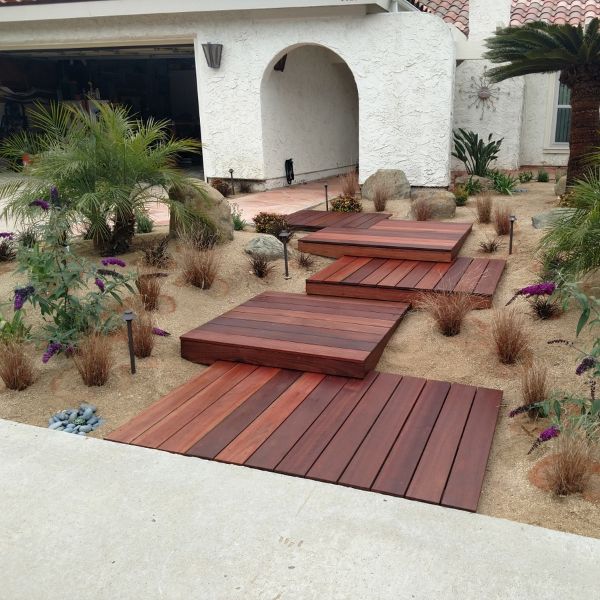
Designing a Serene and Minimalist Layout
When designing a Zen garden, simplicity, and a clean layout are essential. Begin by eliminating any clutter or unnecessary elements from your backyard, allowing for a sense of calm. Embrace clean lines and open spaces to create an atmosphere of tranquility.
Take into account the following:
- Consider incorporating pathways, bridges, and stepping stones to guide the viewer’s eye and establish a harmonious flow throughout the garden.
- Division of functional spaces can be achieved using fences, walls, pergolas, or well-pruned trees.
- Opt for minimal hardscaping, such as stone walkways, rather than elaborate patios or decks.
Selecting Zen-inspired Plants and Trees
When selecting plants and trees for a Zen garden, have a purpose for each minimal addition. For zen gardens, you’ll want to favor native species with simple, asymmetrical shapes, muted colors, and minimal maintenance needs, as this promotes simplicity. Evergreens like bamboo, junipers, pines, and Japanese maple trees evoke an elegant, graceful, peaceful, contemplative mood. Consider including carefully pruned bonsai trees or other plants for their sculptural quality and resilience.
Let the plants and trees frame views or spaces, provide shade, or complement other garden features like rock gardens or waterfalls. The goal is to use vegetation to promote tranquility, asymmetry, and balance, which are fundamental to the Zen aesthetic. Avoid overcrowding the space, as openness and harmony are key.
Incorporating Water Features for Calmness
Water features are an integral part of Zen garden design, symbolizing purity and tranquility. Incorporating water features instantly creates a soothing effect, and is a traditional element in these gardens.
When choosing your water features, keep these things in mind:
- Opt for simple and naturalistic water features like small ponds, waterfalls, or babbling brooks.
- If you choose to include fountains, select styles with soft and irregular water flow rather than aggressively jetting streams.
- Enhance the ambiance by placing stone lanterns, statues, or rocks around the water features.
The sound of running water has a meditative quality that helps drown out external noise and fosters a sense of serenity. If you’re looking to add outdoor water features like ponds or fountains to your Zen garden, consult an experienced landscape contractor, such as Jeff Wilson, who can design and install them with expertise.
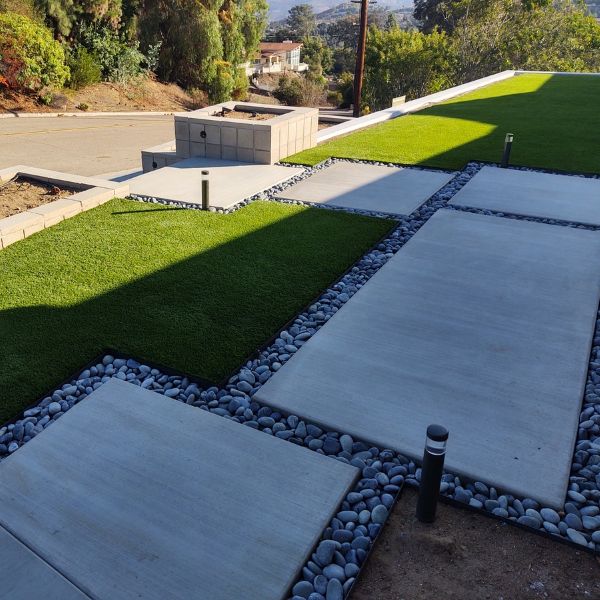
Utilizing Rocks and Gravel for Balance
Rocks and gravel are essential elements in a Zen garden, representing mountains, islands, and the patterns of nature.
- Carefully arrange various sizes of rocks, some protruding from the earth, others fully exposed, to create purposeful, visually appealing compositions that encourage contemplation.
- Place them thoughtfully, not randomly.
- Use gravel or sand, raked into ripples, waves, or other mindful patterns, to provide textural contrast mimicking water.
- Keep the color palette subdued with natural, earthy rock and gravel tones.
A carefully designed rock garden provides visual substance while dividing functional zones.
Creating a Sense of Serenity With Outdoor Seating
Provide plenty of seating options made from natural materials like wood, bamboo, or stone to allow for quiet relaxation and contemplation in your Zen garden.
Some options to consider include:
- Simple benches that blend harmoniously with the surroundings can be enhanced with weather-resistant cushions in neutral hues for comfort.
- Minimalist chairs or loungers.
- Strategically position seating in peaceful spots, like beneath trees or near water features to take advantage of views, shade, and energy flow.
- Make sure to delineate a specific meditation zone with a bench or cushion that allows for reflection.
- Visually separate or screen seating areas from active zones using planting beds, fences, or other natural dividers.
This intentional placement of comfortable, minimalist seating will allow you to fully immerse yourself in the tranquil atmosphere of your backyard Zen retreat.
Enhancing the Atmosphere With Soft Lighting
Subtle, indirect outdoor lighting keeps a Zen garden tranquil after dusk while transforming it into an enchanting evening space.
- Avoid harsh, bright lights and instead opt for warm, diffused lighting that creates a gentle, inviting glow.
- String lights add a soft illumination when hung to highlight architectural features like branches, trees, pergolas, or ornamental water features.
- Spotlights can also be used sparingly to shine on plants and rocks.
- Choose fixtures with natural, organic shapes and aim for warm white light temperatures rather than cool, blue tones.
- Candle lanterns and torches lend a serene ambiance as well when placed carefully along paths or around seating areas.
This thoughtful outdoor lighting scheme casts a soothing ambiance throughout the garden. Consulting with Wilson Woodscape to help plan an effective system that subtly brings a Zen garden to life at night.
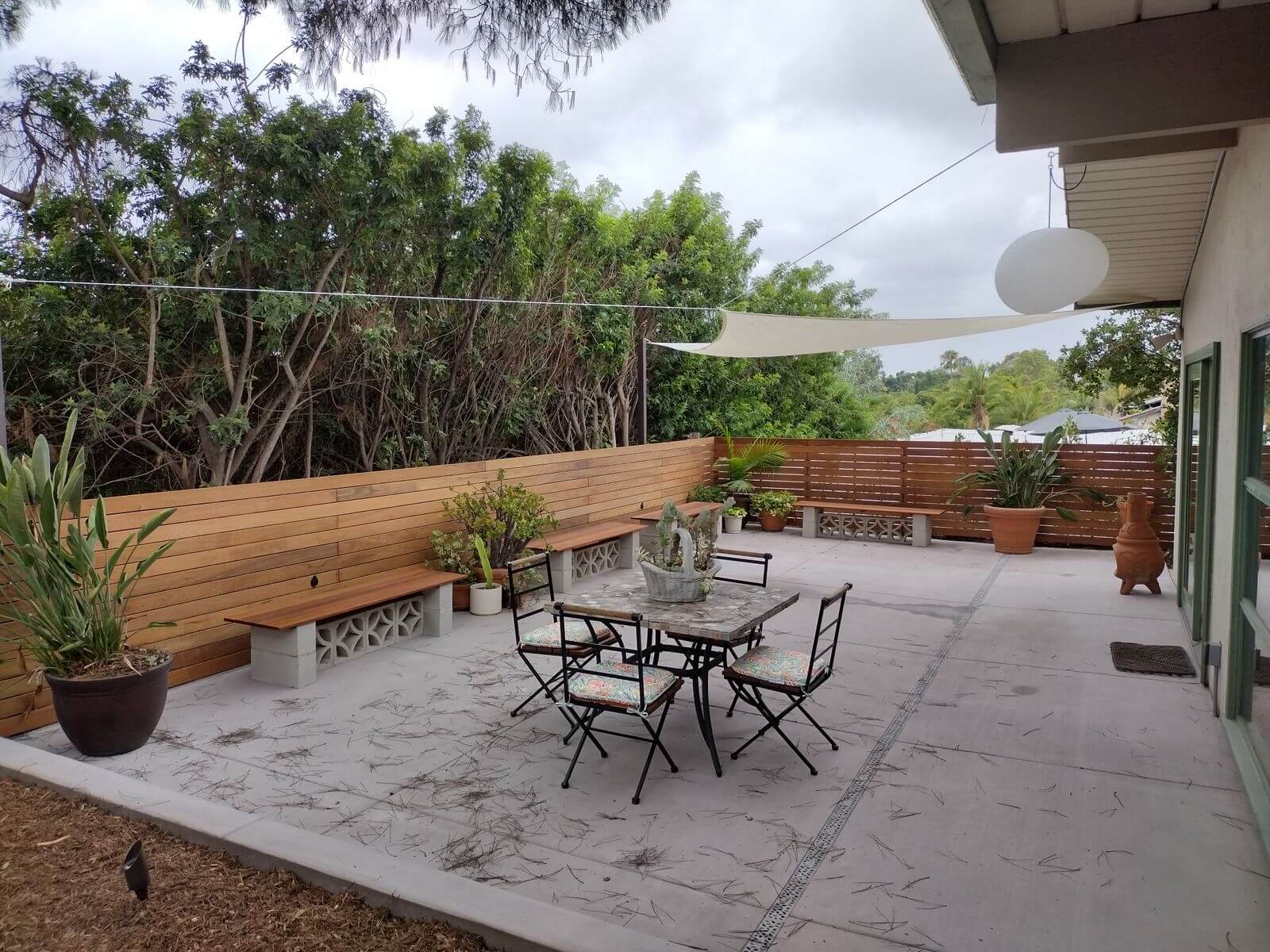
Embracing Mindfulness and Meditation Practices
A Zen garden isn’t just visually tranquil — it’s meant to actively promote mindfulness and meditation.
- Set aside a designated space like a meditation platform, stone bench, or quiet corner with a cushion to engage in these contemplative practices.
- Take time to disconnect from distractions, be present in the moment, and cultivate a sense of inner peace.
- Also, observe your surroundings mindfully, noting how sunlight and weather conditions change the look of hardscape elements and plantings over time.
- Tend to care tasks like pruning, raking gravel, or cleaning attentively.
- Sit quietly and notice subtle details like birdsong, breezes, or the flickering of lantern flames.
Regular mindfulness and meditation in your backyard retreat, based on authentic Zen principles, can transform the space into a personal sanctuary for deep relaxation, reflection, and spiritual well-being.
Create Your Own Backyard Zen Oasis With Wilson Woodscape
Rejuvenate your spirit with a custom Zen garden getaway designed to meet your needs. Discover the path to outdoor relaxation and renewal — contact Wilson Woodscape today at (619) 838-1398 to schedule a consultation.

